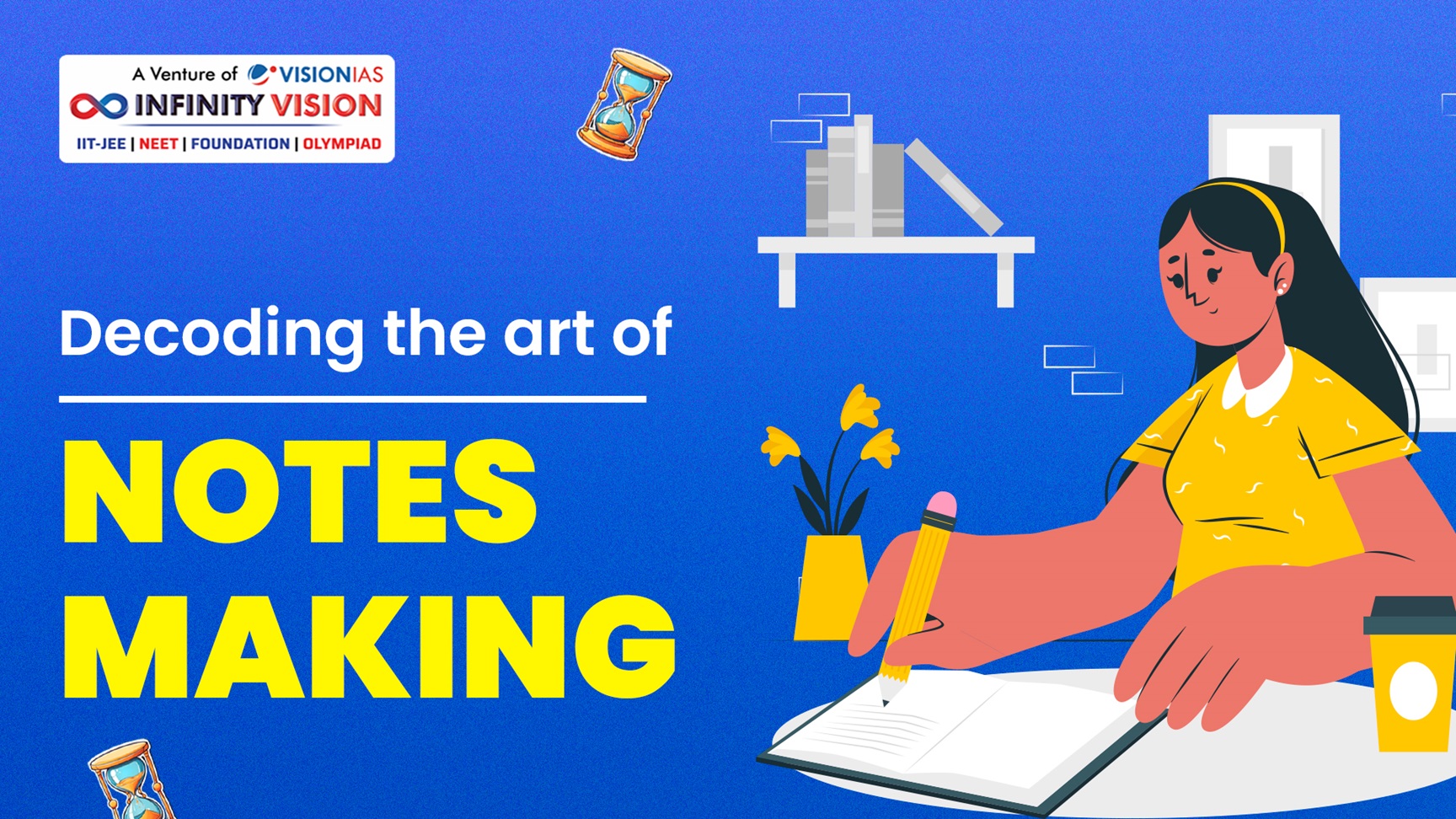Do you feel like you study hard and invest large amounts of time, yet remember very little information?
This is a common problem among students and note-taking becomes an important tool to solve this problem. This is why many students like you wish to know how to take notes effectively. We have provided some student note-taking strategies and methods that can prove immensely beneficial for you.
Different Note-Taking Methods
- The Outline Method– This is the old-school method you are probably already familiar with. This is done in a linear fashion using headings, sub-headings, etc. This proves to be a good method when absorbing information for the first time.
- Sentence Method- This is a method similar to the outline method, used for creating notes during lectures. It involves writing information freely while attending the lecture. This is followed by taking some time to go through this write-up to mark any important ideas, highlight important sections, and write any questions that come to your mind.
- Cornell Method- This method is based on five core steps: record, questions, recite, reflect, and review. This can be done by dividing the page into three sections: a small column at the left, a bottom row, and a main space at the top center. While taking notes in the class, use the main area to take your notes. After the class, use the left area to gather key points and other significant details, and the bottom row to provide a quick summary.
- The Mind Mapping Method- As the name suggests, this method involves starting with a main idea in the center and branching out to various major topics and then further to its subtopics.
Fun Fact- You can play with color and sticky notes to make this mind map tree even more creative!
5. The Chart Method- The Chart method is useful when you are already familiar with the content. This method aims to make notes as concise and organized as possible. You can do this by dividing your page into columns which can include important topics. Each of these columns can incorporate main points about the topic.
Tips for Additional Note-taking
- Remember that note-taking is not copying the entire content.
- Use headings and sub-headings to organize content.
- Using Colour Coding and underlining to highlight different sections according to importance, relevance, or difficulty.
- Use abbreviations and mnemonics to memorize concepts in a fun way.
- Use visual tools like diagrams, mind maps, and figures to quickly understand and revise complex content.
Fun Fact- It is observed that visual information improves retention by 60,000 times as compared to text. So, why not use it to our advantage while creating notes?
- For taking notes from a lecture, orient yourself with the content before attending the class by skimming through the content briefly.
- Add source material details for complex concepts to allow yourself to refer back to them easily.
- Revisit your notes frequently to remain in touch with all the concepts and update them whenever you come across new information or queries. The more you revisit and update these notes, the more you can retain information.
Lastly, remember that the end goal for your notes is to make your job easy. So, your notes should be whatever works best for you. Make yourself the hero while exploring different note-taking methods.
Try the strategies mentioned above and stick with whatever works for YOU!

Leave a Reply